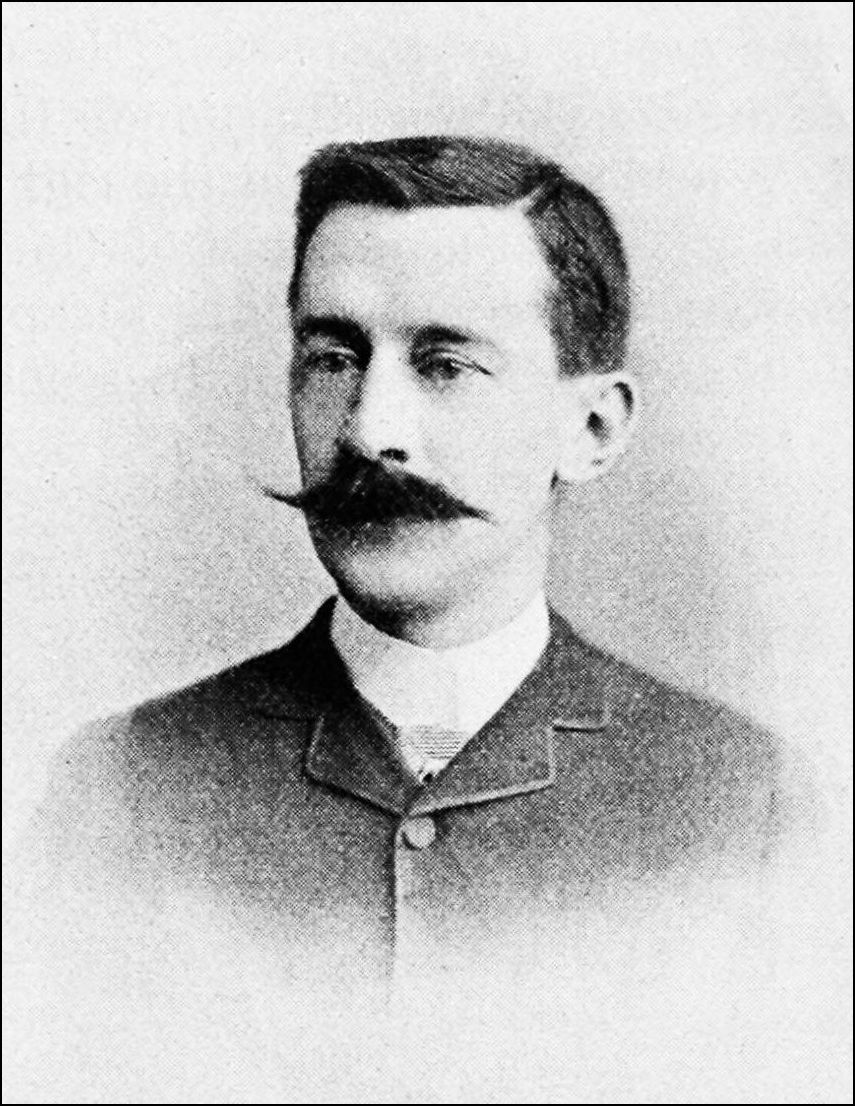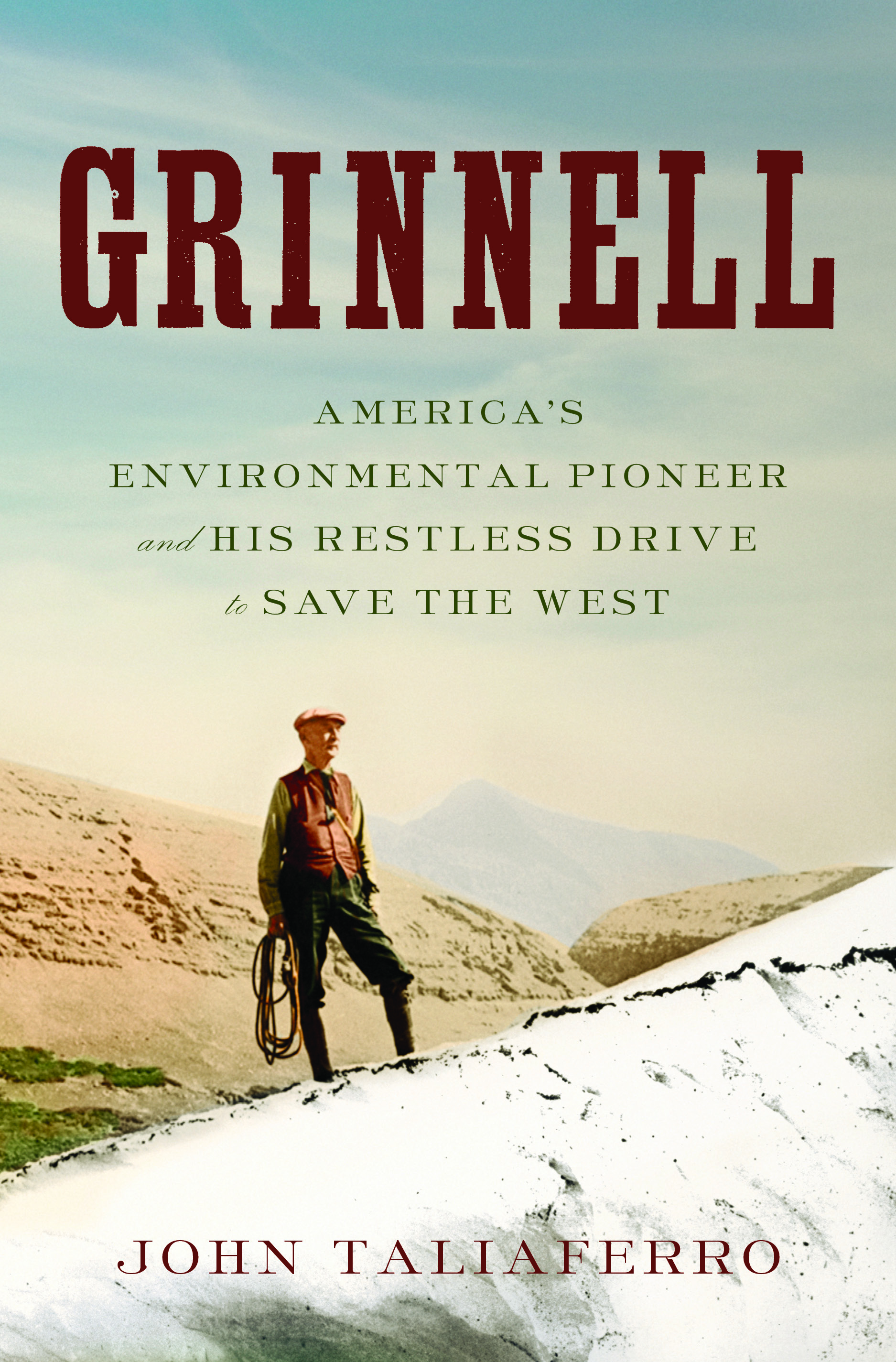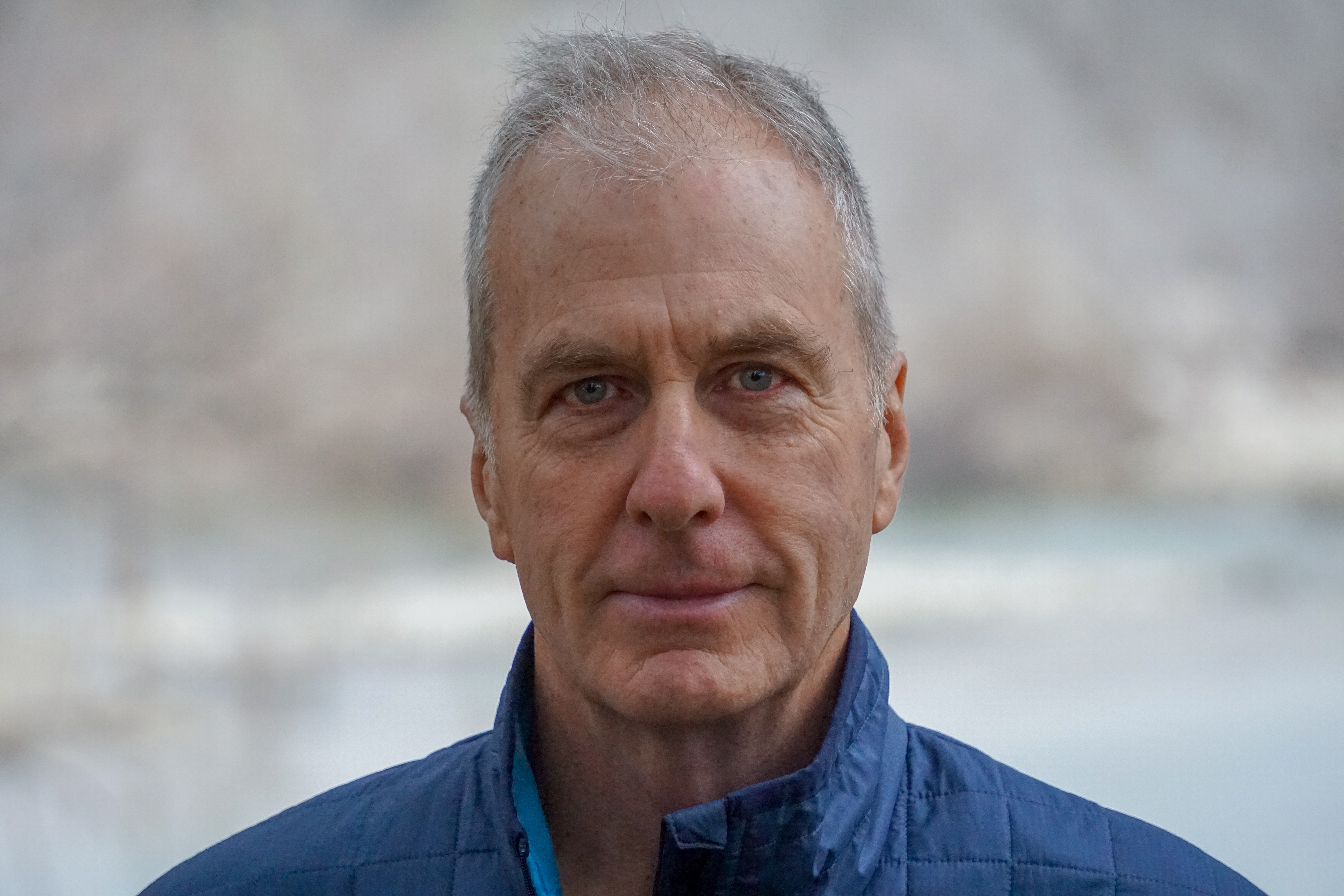Since his boyhood on the then-rural shore of Manhattan Island, George Bird Grinnell had wanted to be an explorer, another John James Audubon, whose estate his father had purchased in 1856. He was not so fortunate as to meet the renowned bird-stalker and portraitist, but from Audubon’s widow and sons he received a strong draft of the man’s spirit—a mix of wanderlust and purposefulness. It was only fitting that Grinnell chose to name his society of bird lovers after the eminence whose feathery ghost still lingered on the banks of the Hudson.
The aim of exploration is discovery. Yet by the time Grinnell came of age, most of the continental United States (the territory of Alaska, purchased in 1867, was another matter) had been trod by at least one white man, from the depth of the Grand Canyon (1869) to the summit of Mount Whitney (1873). As the century neared its end, there was little, if any, frontier left to cross, much less to define; it had been smudged to irrelevance by the wheels of eastern enterprise and the footfalls of westward ambition. Hence Grinnell’s exhilaration in 1885, when, after strenuous, perilous perseverance, he stumbled upon something that, as best he could tell, was absolutely undiscovered. Virgin land after all. Perhaps the map still held blank spots not yet filled in. He vowed that he would return another year and reach the actual ice.
He kept his promise, revisiting the region again and again, taking the liberty of naming dozens of the peaks and glaciers he came upon during his concerted surveys. The glacier he “discovered” in 1885 became Grinnell Glacier—”my glacier,” he allowed in a rare breach with modesty. The lake below became Grinnell Lake; the mountain on its north flank, Mount Grinnell.
The idea of creating a national park first came to Grinnell in 1891, during yet another fall hunting trip to his now-familiar stomping grounds. For years he promoted his dream—the “Crown of the Continent”—tirelessly in the pages of his paper, Forest and Stream. Finally, in 1910, a million acres of majestic mountains, forest, lakes, and the largest concentration of glaciers in the continental United States—an alpine Valhalla straddling the Continental Divide and framed by the Canadian border, the Blackfeet reservation, and the Middle and North forks of the Flathead River—were dedicated by Congress as Glacier National Park.


(Photo: Wikimedia Commons)
By 1926, 16 years after the park’s creation, America had beaten a path to its entrances and invaded its innermost redoubts. On the evening of July 4th, Grinnell and his wife, Elizabeth, arrived for a visit, crossed a groomed promenade, and checked into the Glacier Park Lodge, a tourist temple on the grand scale. Blackfeet Indians, fierce and far-ranging not so long ago, now loitered about the station and the hotel, selling trinkets and entertaining dudes with desultory song and dance.
Grinnell’s relationship with the Blackfeet had once been as intimate as the one he continued to enjoy with the Cheyennes. The Blackfeet agency, the center of the reservation, was 12 miles to the east at Browning, Montana, and Grinnell usually divided his trips to the region between the mountains and the Indians. His involvement went beyond the anthropological. He immersed himself not just in documenting the Blackfeet’s past, but also in promoting the well-being and betterment of the tribe as they ran a brutal gauntlet of starvation, disease, corrupt agents, invasive stock raisers, and a steady onslaught of ineffective and downright bad policies drawn up by spoilsmen and would-be reformers in faraway Washington, D.C. Though Grinnell carried no official credential, the Blackfeet came to count on him as their broker with the Bureau of Indian Affairs, Congress, and the White House. He received no compensation, other than the satisfaction of helping friends through hard times toward “civilization”—a condescending term and a paternalistic role, to be sure, but Grinnell believed that, for the Blackfeet, theirs was a clear-cut case of adapt or perish. As an expression of their faith and appreciation, they adopted him into the tribe, an honor he prized above all others.
Grinnell accepted that tourists were now a fixture of Glacier. After all, the point of making it a national park was for the enjoyment of the public. But he would never consider himself a full-blooded tourist. On July 11th, 1926, he and Elizabeth motored 50 miles to Many Glacier Hotel, yet another piece of the Great Northern Railway’s ambitious design to turn Glacier into “America’s Alps.” Completed in 1915, the hotel sprawled along the eastern shore of one of the mountain lakes. The ride had been dusty and bumpy, and Grinnell could not help feeling somewhat unsettled by the recent human imprint on a wilderness that he had once allowed himself to call his own. Upon checking in at Many Glacier, whose veranda fronts the stupendous panorama of a pyramidal peak known nowadays as Grinnell Point, he groused at his noisy room and the careless clerks. “Somewhat annoyed,” he wrote in his diary, “but hope for better things tomorrow.”
Whatever had been nagging Elizabeth since Billings now kept her from venturing far from the hotel. On the morning of the 13th, Grinnell hired a horse and set out alone in the direction that he and Schultz had bushwhacked in 1885. Since the creation of the park, a trail had been opened for the hearty. “Rode up under my mountain … to my lake and return,” he jotted in his diary. That is, to Mount Grinnell and Grinnell Lake, but not quite to Grinnell Glacier.
He resolved that the next day he would summon what was left of his strength and make it all the way to the ice, reckoning that he might never have another opportunity. Not that he believed the glacier was nearing extinction (although it was). Rather, it was he who was approaching the end.

From 1849, the year of his birth, to 1938, when his bones were buried in the family plot in the Bronx, George Bird Grinnell’s life was a study in romanticism, evolution, and progressivism.
It was the first of these that induced him and his fellow Yale University students to spend a summer out west with Professor Othniel Marsh. The trip reinforced the American dream—or perhaps American paradox—of the West as both a shimmering relic of a pristine past and a beckoning crucible of national and personal renewal.

(Photo: Liveright)
Yet it was not romance but evolution—and its existential antonym, extinction—that informed the team’s actual fossil digging. The Yale expedition uncovered more than 100 prehistoric species; most impressive of all was the metacarpal of what Marsh concluded was a large “flying dragon”—the first pterodactyl to be unearthed in North America.
All the while, Grinnell’s attention was drawn to a different aspect of evolution (and extinction) that was taking place before his eyes. Buffalo were already growing scarce. The Pawnees, with whom he’d hunted in 1872, now had to travel far from the reservation to hunt the herds that once had carpeted the prairie. A comparable decline was true for other species as well. And the Indians themselves—it required little deduction to see the perilous direction they were headed.
Although the lesson of progressivism took a while to sink in, over time Grinnell resolved to do whatever he could to forestall the sundering of his world. While many of his contemporaries, men of means and “good” families, had awakened to the realization that something must be done to address the problems caused by urbanization, immigration, industrialization, consumption, and corruption, Grinnell turned this same reformative urge—the so-called Social Gospel—toward other causes. He may not have been the very first American conservationist; but it was Grinnell and a like-minded cohort who paired conservation with progressivism, forming groups such as the Audubon Society (later expanded to become the National Association of Audubon Societies) and the Boone and Crockett Club (big-game hunters becoming big-game protectors). A shining demonstration of their financial, social, and political clout was the passage of the first law to protect migratory birds, a precedent of federal rights over states’ rights that would pave the way for a later pillar of environmentalism, the Endangered Species Act.
Recognizing that wildlife preservation demanded protection of wildlife habitat, Grinnell and company, including Boone and Crockett co-founder Theodore Roosevelt, established the first game refuges. They were so forward-thinking as to recommend that certain of the nation’s newly created national forests be entirely off-limits to hunting. The New York Zoological Society, the offspring of the Boone and Crockett Club, would delight millions who visited its menagerie at the Bronx Zoo; but what many have forgotten is that the Bronx Zoo was conceived also as a sanctuary where vanishing native species could re-propagate. Buffalo raised at the zoo provided the breeding stock that helped keep this iconic beast from vanishing from the continent.
Grinnell, who had explored Yellowstone National Park in 1875, three years after Congress had designated it the first national park, not only grasped the precious uniqueness of this “pleasure ground,” but also believed that the concept of a national park deserved to spread. Throughout his long working life, he was vigilant in defending Yellowstone from those who yearned to plunder, pollute, and privatize its precious assets, and his groundwork and activism were a central force in the creation of the National Park Service in 1916. Thereafter he lent a strong and respected voice to the debate on what national parks should be.
Grinnell’s attitude toward Native Americans was likewise shaped by a potent compound of romanticism, evolution (in the form of Social Darwinism), and progressivism. He wished, idealistically, that Indian culture could be forever bathed in the sentimental sepia of an Edward Curtis photograph, unadulterated by outside fingerprints. But he also subscribed to the conventional wisdom shared by most reformers (not to mention eugenicists) that Indians lagged behind the curve of evolution and needed to catch up rapidly, or else face extinction. “The white race has had 2,000 years in which to learn its lesson, while we are trying to crowd into two generations of Indian life the experience which we have been 60 or 70 generations in learning for ourselves,” Grinnell wrote.

(Photo: Victoria Goodman)
Indian advancement, he acknowledged, required the support and sympathy of whites and their government, but only to a degree. Indians, whom whites had forced into a state of dependency, must now find a way to lift themselves up and become self-sufficient again—by raising crops, herding livestock, and learning the white man’s language and trades. On its face, this prescription of bootstrapping was empowering; yet its underlying assumption was that Indians were innately inferior. Self-determination and self-identity were worthy goals, but the ultimate goal of all Americans— indigenous or immigrant—ought to be assimilation. Grinnell’s advocacy of Native Americans was sincere, steadfast, and second to none, but he had no doubt that their best chance for survival lay down the white man’s road.

Grinnell toggled restlessly between two worlds: East and West, the 19th century and the 20th, the wild and the tame, the entitled and the dispossessed, the “civilized” and the “savage.” Only a generation earlier, Americans who went west took a long time getting there. Lewis and Clark required more than two years to reach the Pacific and return home. For travelers on the overland trails to California and Oregon, the crossing was an epic of survival. Grinnell came of age in an era when railroads made it possible to migrate—to commute, as it were—between East and West in just a few days. With each passing year, travel became less of a travail and more of a compulsion that fed upon itself, and toward the end of Grinnell’s career, his hunger was almost hyperactive. The twain still did not quite meet, a notion that he would adhere to always; yet he came to appreciate that, with minimal exposure and measured expectations, he could live a back-and-forth life of his own design.
And another split in the story of George Bird Grinnell must not be overlooked. For all his curiosity about the external world, there was one realm he hesitated to explore, let alone share: He guarded his inner self.
A man’s appearance, his deeds, his whereabouts, his friends and relations—all lend shape and shading to his profile. And if he leaves behind enough artifacts and the right sort of writing, these can shed light on his disposition—mental, emotional, even sexual. With Grinnell, we see who he projected himself to be, how he wished himself to be regarded and remembered. “Those of us who have been trying to do something for the public welfare act as we do because we have the vision to see what ought to be done,” he explained, “and, having seen this, self-respect demands that we do our duty as we see it.”
This sense of decency and decorum was expressed best through sportsmanship. The Boone and Crockett Club constitution, which Grinnell helped draft, stipulated that game be killed only by “fair chase”; a good sportsman curbed his “natural impulse.” In the gluttony of the Gilded Age, such self-control separated a gentleman from a robber baron or a “game hog.” Let restraint, along with modesty, speak for itself, Grinnell submitted.
Yet, in his case, within the unsaid perhaps resided the unsayable.
An excerpt from the book Grinnell © 2019 by John Taliaferro, published by Liveright on June 4th, 2019.

Pacific Standard’s Ideas section is your destination for idea-driven features, voracious culture coverage, sharp opinion, and enlightening conversation. Help us shape our ongoing coverage by responding to a short reader survey.





